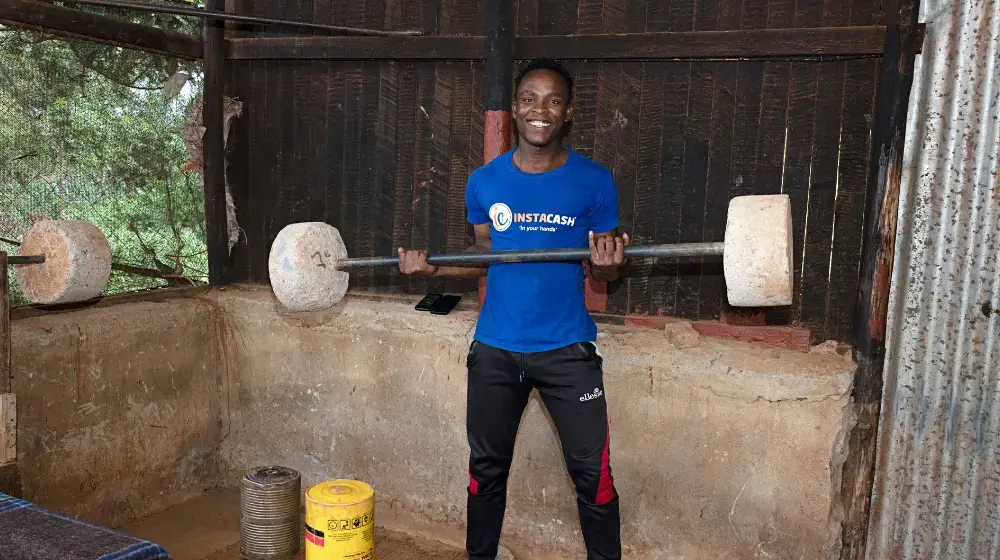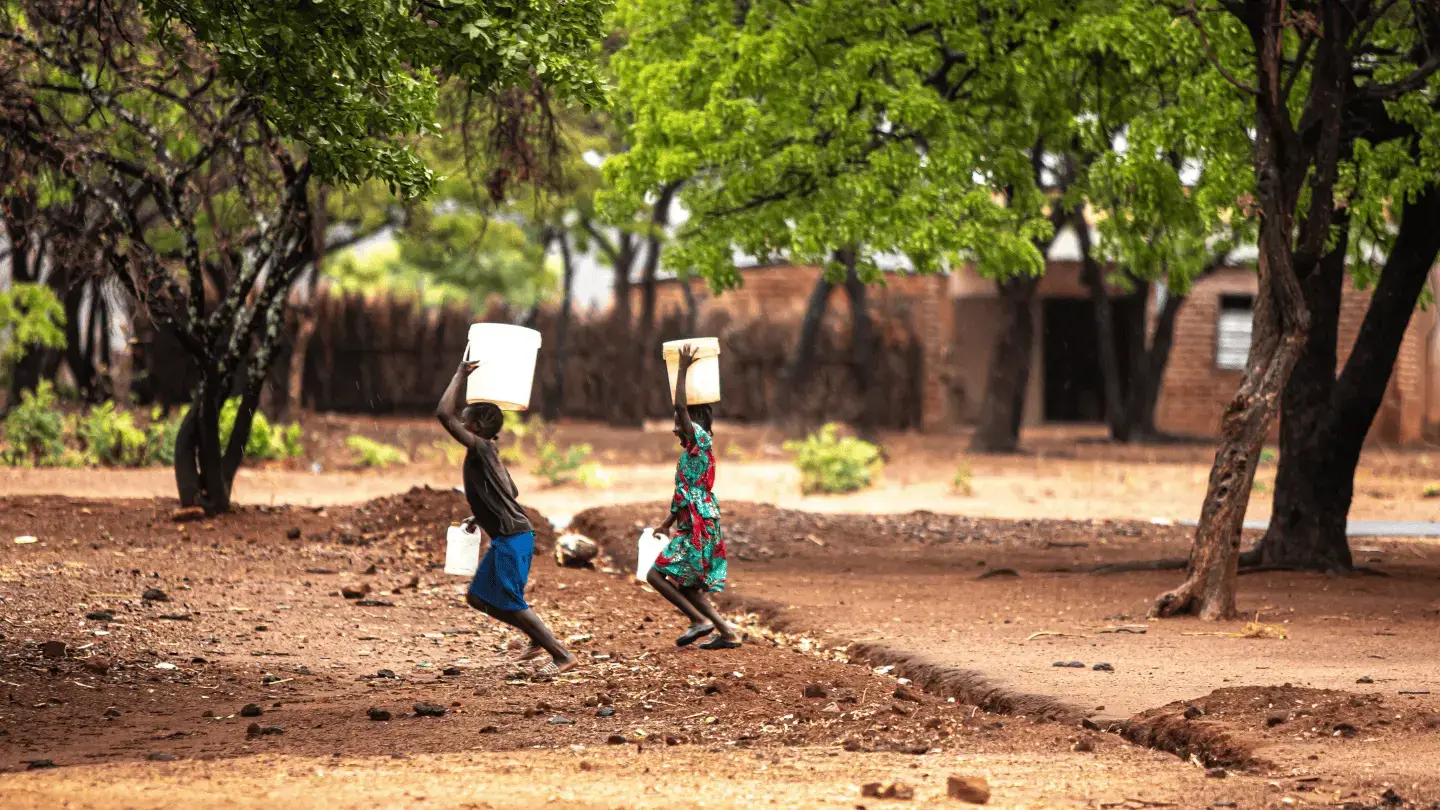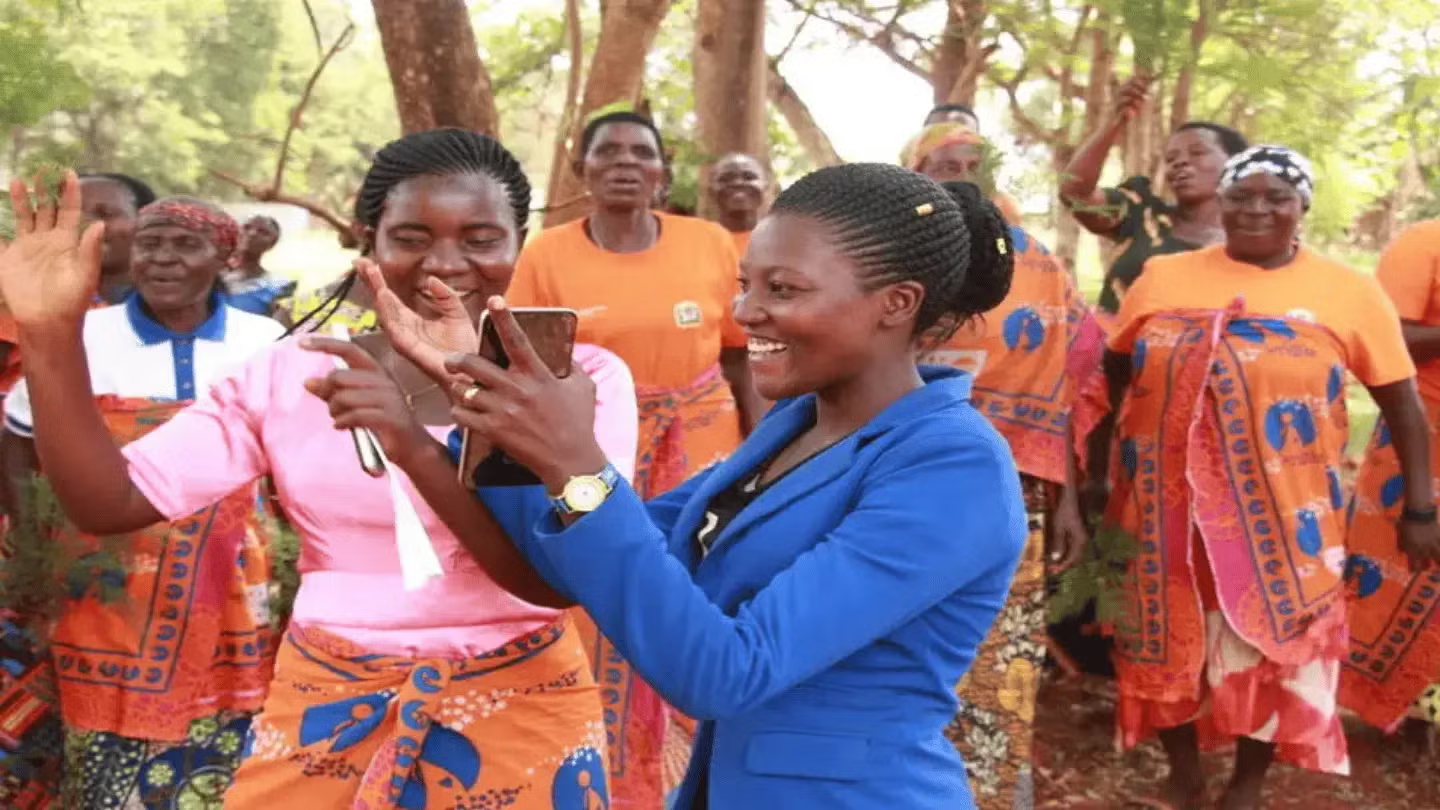The Republic of South Sudan has a projected population of about 13.2 million (as at 2020). About 81 per cent of the population live in rural areas and 73.7 per cent are below 30 years of age, implying a very youthful population. The total fertility rate is 4.5 children per woman, with an adolescent birth rate of 158 per 1,000 girls aged 15-19 years. Teenage pregnancy is estimated at 30 per cent among girls 15-19 years old. The maternal mortality ratio in the country is estimated at 789 deaths per 100,000 live births (UN estimates, 2017).
Contraceptive prevalence rate for all methods is 6 per cent with modern methods at 5 per cent as at 2020.1 Unmet need for family planning is estimated at 29.7 per cent for 2020 (FP 2020). Gender inequality and gender-based violence (GBV) are widespread and perpetuated by several factors including cultural norms. With its social indicators and current pace of progress, South Sudan is not on track to meet the Sustainable Development Goals (SDGs) by 2030. Urgent attention is required by the Government and its partners to reverse the above trends and improve health outcomes of the population.
These country-level investment cases provide the Government of South Sudan with quantitative basis to assess the scale and scope of investments needed to prioritize proven, high-impact and cost-effective interventions required to accelerate progress towards achievement of the transformative results it has committed to with UNFPA and partners. The investment cases are also expected to inform partnership efforts and mobilization of additional domestic and external financing required to achieve the transformative results.





